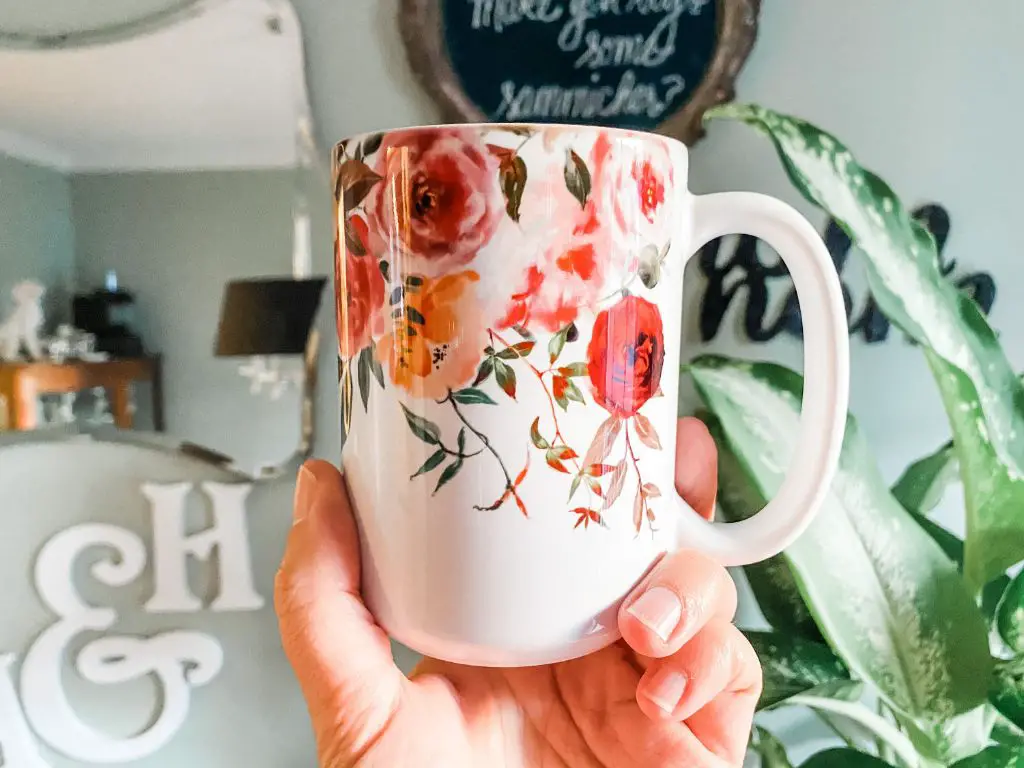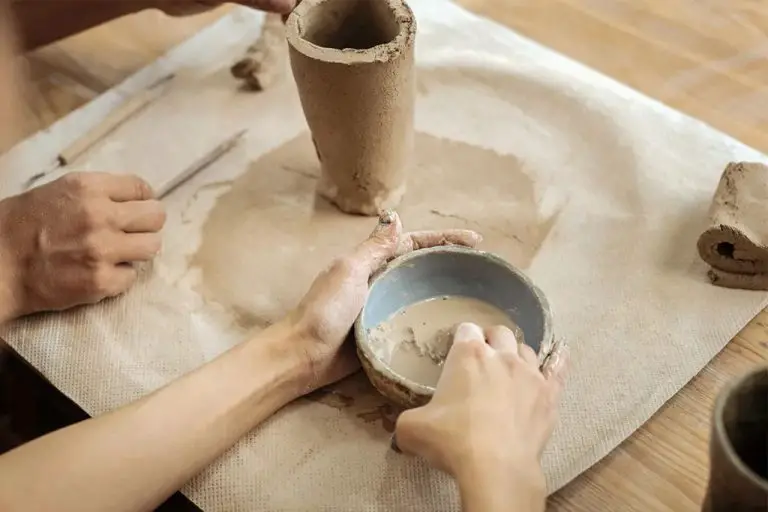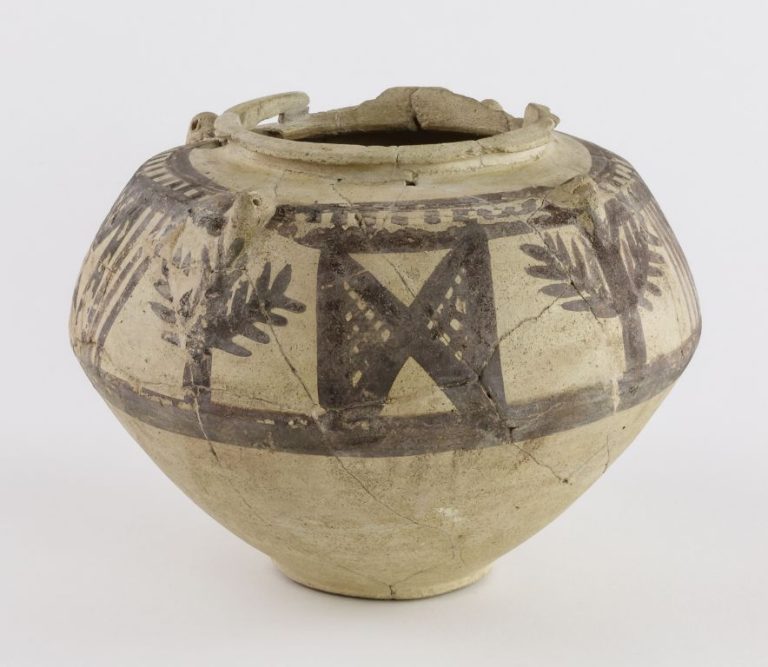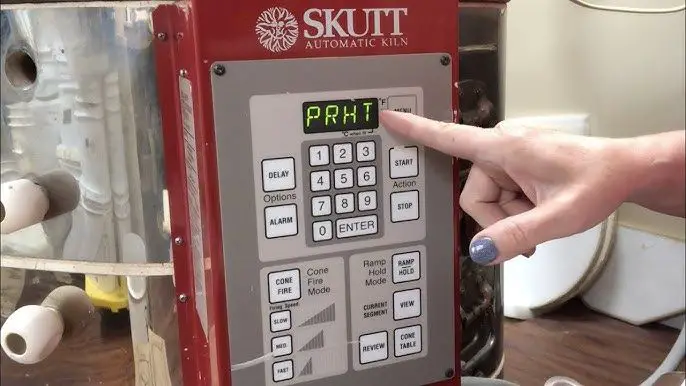How Much Should I Sell Mugs For?
Determining the right pricing for mugs involves carefully weighing several important factors. These include the materials used to make the mugs, the production costs involved, pricing of competitor products, profit margin goals, branding, customization, volume discounts, and more. It’s important to test different price points to find the optimal balance between covering costs and making a reasonable profit, while also attracting customers.
This article provides an in-depth look at the key considerations around mug pricing, including details on production expenses, benchmarking against the competition, the psychology behind pricing, and strategies for optimizing your pricing through testing and adjustments. The goal is to give mug sellers a comprehensive guide to setting profitable and sustainable prices.
Mug Materials
Mugs come in a variety of materials, each with their own properties and price ranges. Some of the most common mug materials include:
- Ceramic – Ceramic mugs are a popular choice and typically range from $10-25. Ceramic is durable, can be decorated with colors and designs, and keeps drinks warm. However, ceramic can chip or break if dropped. Examples of ceramic mugs on Amazon range from $12-21.
- Glass – Glass mugs allow you to see the contents and range from $10-30. Glass conducts heat well but can easily shatter if dropped. Glass mugs on Amazon tend to cost $15-25.
- Plastic – Plastic mugs are inexpensive at $5-15 but are less durable over time. Plastic insulates well but can absorb odors and stains. Amazon has many plastic mugs for under $10.
- Stainless Steel – Steel mugs range from $15-40, conduct heat well and are very durable. However, steel shows smudges and stains easily. Amazon’s steel mugs cost $15-30 typically.
Production Costs
The production costs for mugs can vary substantially depending on the materials, manufacturing process, customization, and quantity being produced. Some of the main costs include:
- Labor – Handmade mugs require skilled labor time for sculpting, mold making, glazing, and firing. This can range from $15-50 per hour depending on the skill level.
- Clay materials – Quality clay suitable for mugs can cost $15-40 per 25 lb bag. Glazes and coloring add additional material expenses.
- Kiln firing – Energy and equipment costs for firing can range from $5-15 per mug.
- Shipping – Transporting mugs from manufacturer to seller incurs shipping/handling fees.
- Packaging – Mugs require protective packaging like boxes and padding for shipping. Basic boxes cost around $0.50-2 each.
- Mug decorator – Having a print, engraving, or transfer decoration done by a mug decorator averages around $2-8 per mug depending on complexity.
According to Hasseman Marketing, a basic branded mug with a 1-color print can cost between $2.15-$4 each when ordering in bulk quantities. More complex decoration, glazing, firing, and custom shapes increase the production expenses per mug.
Profit Margins
When pricing mugs, it’s important to consider the profit margin or markup you want to achieve. Profit margin refers to the percentage of the selling price that is profit after subtracting costs. For small businesses selling mugs, typical profit margins can range from 30% to over 60% [1].
Some common profit margin goals when pricing mugs include:
- 40-50% margin – A reasonable starting point for many mug businesses
- 50-60%+ margin – Higher margins achievable for more established brands or customized/unique mug designs
- 30-40% margin – A more competitive margin goal when trying to match competitors’ pricing

When first starting out, aiming for at least a 40-50% profit margin is recommended to account for all mug production costs and leave room for profit. As your brand and mug designs become more popular, you may be able to increase margins over 60% [2].
Competitor Prices
When determining pricing for your own mugs, it’s important to analyze and compare prices of similar mugs offered by competitors. This market research will give you a good benchmark to work from.
Search online marketplaces like Etsy and eBay to find mug sellers offering comparable products. Take notes on factors like mug size, materials, quality, customization options, production techniques, and any special features. Pay attention to best-selling items as well as the range of prices for mugs in the same category as yours.
Look at both independent mug sellers as well as mass merchandisers. Independents will give you an idea of pricing for smaller volume production runs while large retailers demonstrate pricing levels for mugs produced at a high volume. Keep in mind your own capabilities and cost structure when comparing.
Beyond online marketplaces, browse craft fairs and markets in your area. Talk to mug sellers about their pricing strategies. This on-the-ground research can provide additional pricing insight from direct competitors.
Analyzing competitor offerings and prices should illuminate a sweet spot for pricing your own mugs. You want to be competitively priced within the market, while still allowing for a profitable margin on each mug sold based on your unique capabilities and costs.
Branding
Established brands with strong name recognition often have more flexibility and control when setting prices for their products like mugs. According to The Power of Brand Recognition on Pricing Strategies, brands that consumers recognize and trust can leverage their reputation to command premium pricing while new brands may need to set lower introductory prices. Strong brand recognition creates an impression of quality in consumers’ minds, allowing an established brand to charge 15-20% more for comparable products.
Well-known brands can also get away with incremental price increases over time with less consumer attrition. Their loyal customer base is less prone to switching over moderate price hikes. Premium branding gives companies pricing power and flexibility that unknown brands lack. Sellers should factor brand reputation into their pricing decisions when determining profit margins and competitive strategy.
Customization
Offering custom designs is a great way to add value and allow customers to personalize their mugs. However, it’s important to consider the premiums to charge for this service. Here are some tips on pricing customized mugs:
The most basic customization is adding a name or short text. For this, consider charging an extra $2-3 per mug. This covers the additional design time and custom printing plates needed.
For full custom artwork with images, you may want to charge a design fee of $10-20 plus an extra $5 per mug. The design fee covers the time your graphic artist spends creating the image, while the per mug fee covers the custom printing plates.
Offer tiered packages at different price points – for example, charge $5 to add a name, $15 for a simple graphic, and $25 for complex multi-color artwork. This gives customers options at different budgets.
Be sure to factor in volume discounts as well. For large custom orders, you may reduce design fees and offer a discounted per mug cost.
Clearly communicate your customization fees upfront so there are no surprises. Consider providing a pricing chart or calculator to help customers estimate costs.
Offer Volume Discounts to Drive Bulk Sales
Providing volume discounts can be an effective strategy to encourage larger, bulk purchases from customers. For example, you could offer a 10% discount on orders of 12 mugs or more, a 15% discount on 24 mugs or more, and a 20% discount on orders of 48 mugs or more. As explained by FasterCapital, “Volume pricing works by providing discounted unit prices as order quantities increase. This incentivizes customers to buy more to unlock the cheapest available pricing”(1).
Volume discounts provide benefits to both you and your customers. Customers receive lower per unit costs when purchasing higher volumes, while your overall revenue and profits can increase from larger bulk sales. It also encourages customer loyalty as buyers are incentivized to continue purchasing from you to receive discounted pricing. Just be sure volume discounts still allow you to maintain adequate profit margins on each order. Test different volume discount tiers to find the optimal balance for your profit goals.
Bundling
Bundling is a strategy that entails selling two or more products together for one price. This can help boost sales for new products by pairing them with popular products already selling well. Bundling mugs with other products can be an effective way to increase your average order value and introduce customers to new products. According to The Pros and Cons of Product Bundling Pricing Strategies, some benefits of bundling include increased average order value, introducing new products to customers, and attracting new buyers.
When it comes to pricing bundled mug and product packages, you’ll want to offer a discount compared to purchasing the items separately to incentivize customers. However, make sure the bundle price still allows you to maintain adequate profit margins. Suggested mug+product bundles could include a mug bundled with coffee, tea, cocoa, candy, cookies, gift cards, stickers, coasters, or other related products. Get creative with pairing complementary products that customers would want together. Consider seasonality and holidays for limited edition bundles.
According to research from Product bundling: Boosting Sales with a Strategic Product Line Combination, testing different bundle pricing options is key to optimizing the strategy. Try pricing bundles at 5%, 10%, 15%, and 20% discounts compared to individual item prices to see what incentivizes customers most.
Testing Prices
When determining pricing for your mugs, it’s recommended to start on the higher end and gradually lower the price until sales start to pick up. This approach is known as A/B testing, where you test different variants against each other to see which performs better. As explained in the A/B Testing Guide for Shopify, this strategy allows you to find the optimal price point that maximizes profits.
Specifically for mugs, you’ll want to set an initial high price, say $20, and run it for a few weeks or months. If sales are slow, lower the price in increments of $2-5 until you start to see an uptick in purchases. Continue lowering the price with A/B tests until you find the sweet spot where you’re selling enough volume at a good profit margin. Just make sure you don’t go so low that you’re losing money on each mug.
As noted in the Speed Boostr blog, testing different variants is crucial for optimizing conversions and revenue for any Shopify store. So be sure to diligently experiment with pricing on your mug products to maximize sales and profits.



